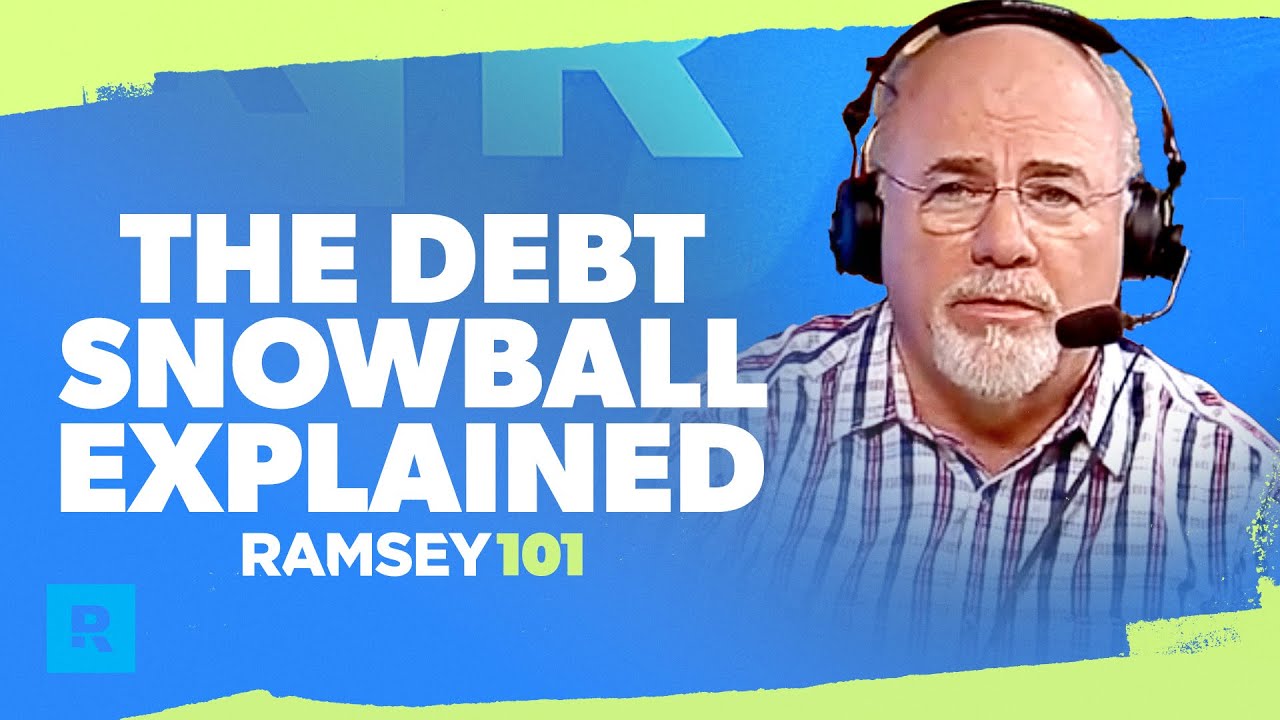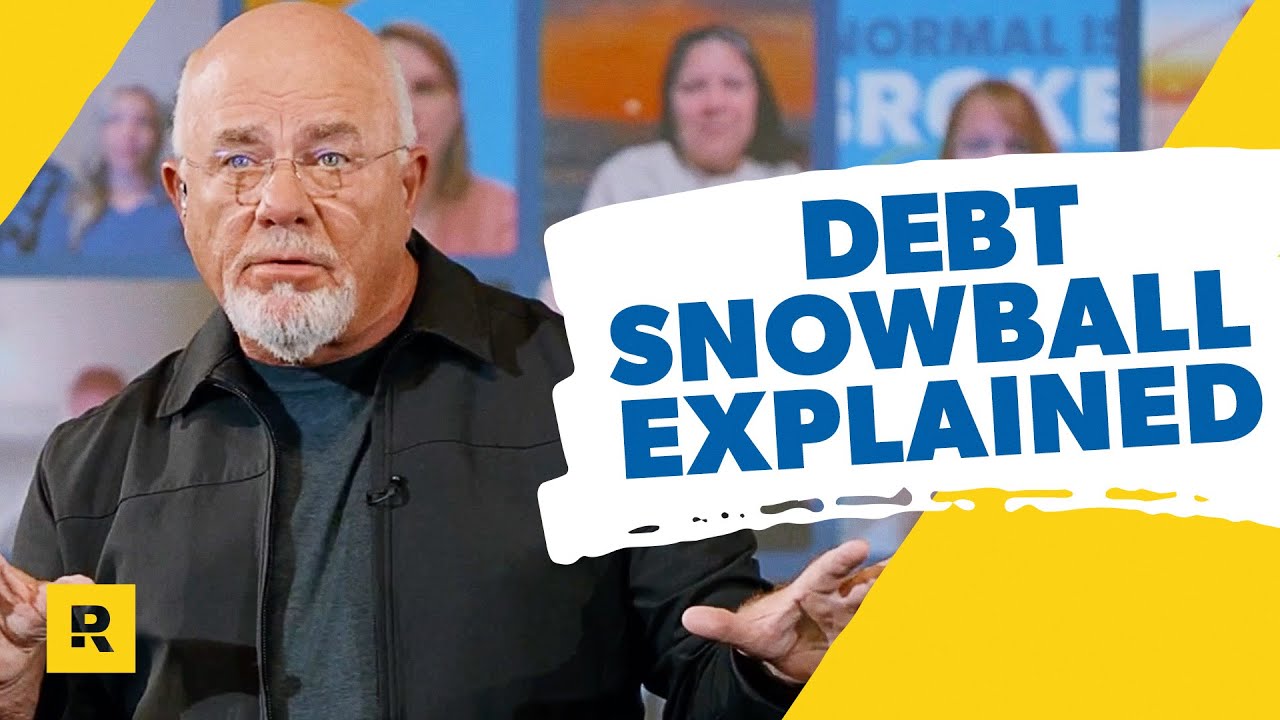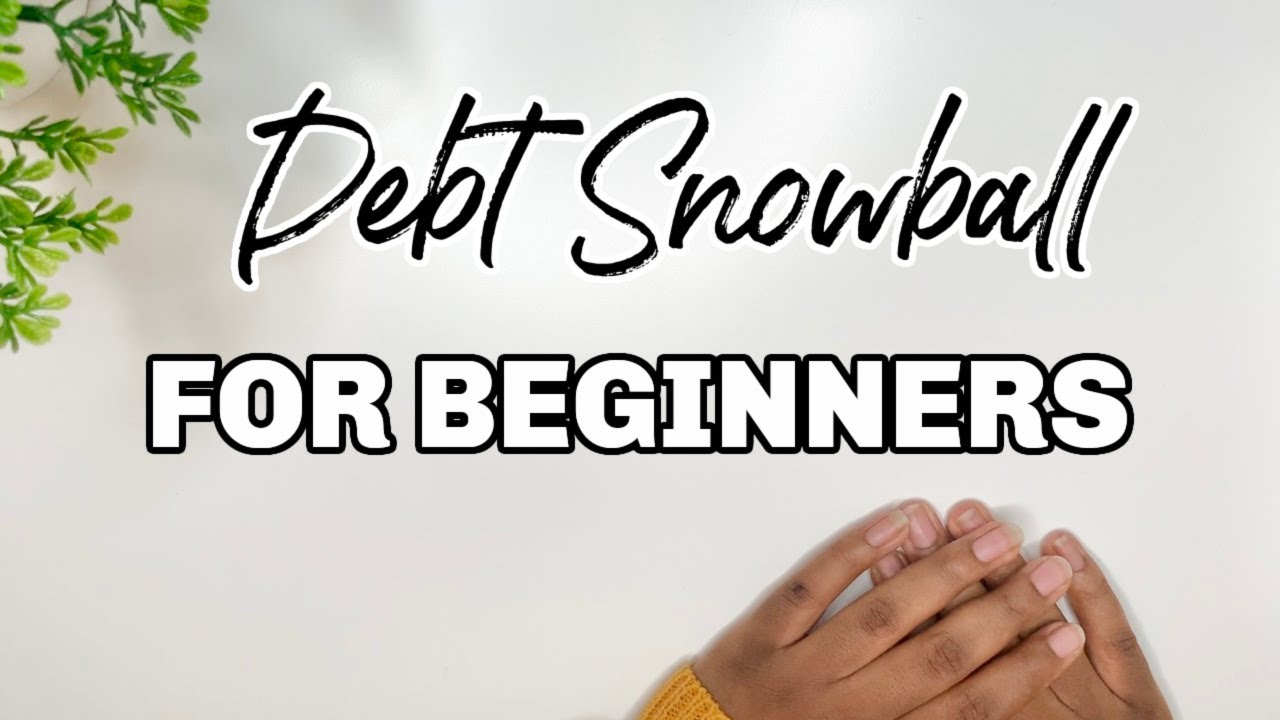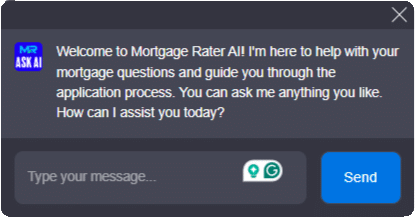Managing debt can feel like climbing a mountain—daunting and exhausting. However, understanding the debt snowball strategy can turn that mountain into a series of small hills you can tackle one at a time. This method focuses on paying off your smallest debts first, allowing you to gain momentum and motivation as you progress to larger debts. With its psychological benefits and straightforward approach, the debt snowball method continues to resonate with people in 2026, making financial freedom achievable for many.

Understanding the Debt Snowball Strategy
The essence of the debt snowball method lies in its simplicity and psychological appeal. Instead of being overwhelmed by all your debts, you prioritize them from smallest to largest. This allows you to celebrate small victories early on, helping bolster your motivation as you work toward paying off the bigger ones. The method helps you focus on one debt at a time, reduces anxiety, and provides a clear path forward—something everyone can appreciate as they strive to manage their finances more effectively.
Why is the debt snowball strategy so effective? First, paying off small debts first gives people a sense of accomplishment. Each cleared balance fosters excitement and determination to tackle subsequent debts. Second, it encourages a change in behavior towards spending and saving, creating a healthier financial mindset moving forward. In the end, it’s not just about crunching numbers; it’s about nurturing personal growth and empowerment.
By the end of this journey, you’ll not only be closer to becoming debt-free but also equipped with skills to manage your future finances. As we dive deeper into the mechanics of the debt snowball, let’s explore how to put this plan into action.
How the Debt Snowball Works

Top 7 Real-World Examples of the Debt Snowball Strategy in Action
Real-life success stories can illuminate the potential of the debt snowball strategy. Here are seven compelling examples that showcase how different individuals and families achieved financial relief using this method.
1. Emily’s Journey to Financial Freedom
Emily, a passionate 28-year-old teacher, found herself burdened with $12,000 in student loans, $3,000 in credit card debt, and $2,000 owed to a friend. By targeting the $2,000 debt she owed her friend first, she eliminated that obligation in just two months. This small victory fueled her determination to tackle the credit card debt next—she tackled that in six months, paving the way to a brighter financial future.
2. Jake’s Unexpected Win: The Chase Freedom Unlimited Effect
Jake discovered the power of rewards when using the Chase Freedom Unlimited card. He directed his cash-back rewards to pay down his debts faster, including a $4,500 medical bill and a $1,200 gym membership charge. Focusing on smaller debts allowed him to create a positive pattern, multiplying his efforts with smart spending. By using the rewards, Jake got closer to his goal without feeling overwhelmed.
3. The Patel Family: From Debt-Laden to Debt-Free
The Patel family faced a staggering $50,000 in debt, with the smallest liability being a $1,000 furniture payment. Tackling that first allowed them to celebrate their first victory, banishing that debt in a month. This decisive action inspired everyone in the household to commit to budgeting, leading them to pay off larger debts and finally enjoy financial peace of mind.
4. Sarah and the Power of Persistence with Chase Sapphire Preferred
Sarah leveraged her Chase Sapphire Preferred card, earning travel points while simultaneously navigating her financial maze. She focused first on a $6,000 car loan, adopting a disciplined approach that built energy for tackling additional debts like $8,000 in credit card debt and two student loans. Once she eliminated the car loan, a well-deserved vacation became a catalyst to push forward—an inspiring example of how to reward oneself responsibly.
5. Marcus Gets Strategic with Ski Roundtop
For ski enthusiast Marcus, winters were a bummer due to a $2,500 ski pass debt. By opting to pay that off first, he found freedom on the slopes without financial worry. Post-clearance, he redirected funds he’d previously earmarked for the pass to larger debts, delighting in both skiing and financial wellness, courtesy of the debt snowball method.
6. The Torres Couple: Making Smart Choices
The Torres couple had accumulated $7,000 in credit card debts that loomed over them. By embracing the debt snowball strategy and paying off the smallest debt first, they found success and regained control over their finances. Implementing automated payments brought consistency, reshaping their spending habits and catapulting their cash flow management.
7. Brittany and the Victoria’s Secret Payment Dilemma
Brittany’s debts stemmed from impulsive shopping, including a lingering $500 balance on her Victoria’s Secret credit card. Embracing the debt snowball method helped her prioritize her payments and fill the gaps in her budgeting strategy. With newfound discipline, she learned to curb unnecessary spending habits, turning her financial narrative around.

Overcoming Challenges with the Debt Snowball
Every financial journey has its ups and downs, and the debt snowball method can bring unique challenges. Understanding these can make it easier to navigate your way to financial stability.

Leveraging Technology: Maximize Your Chase Benefits
Embracing technology can streamline your financial efforts. For instance, using the Chase Travel Portal to book travel can enhance your cash flow while helping you utilize points effectively. Additionally, the Chase Freedom Flex program allows you to earn extra rewards on categories relevant to your debt, transforming the strategy into a lucrative experience.
Being strategic doesn’t just mean paying off debts; it also means using financial tools to interconnect your spending and savings. With thoughtful planning and these resources, you can create a clearer path to debt freedom.

Embracing the Future of Debt-Free Living
The debt snowball method is a practical pathway out of debt and toward a more positive financial future. By leveraging popular tools like the Chase Business Checking account and smart reward systems like the Chase Sapphire Reserve or Chase Freedom categories, anyone can work toward achieving financial stability.
The journey towards debt elimination and financial wellness is attainable. With determination and strategic planning, your dreams of financial independence aren’t just visions—they’re goals that can be achieved. You can embrace 2026 with confidence and financial freedom.
The Debt Snowball: Fun Facts and Trivia
Rolling with the Debt Snowball Strategy
Did you know that the debt snowball method isn’t just a strategy—it’s a mindset? When you pay off smaller debts first, you create a sense of accomplishment that fuels your motivation. This approach is kind of like that feeling you get when you successfully navigate your way through site-specific options like skiplagging for travel savings; it’s all about finding creative solutions to tackle challenges head-on. Plus, the snowball method’s impact can be downright transformative, making your financial journey more manageable and empowering.
The Psychology Behind Paying Off Debt
Let’s get real—drowning in debt can be a heavy burden. But here’s a fun tidbit: tackling those smaller debts can trigger a powerful emotional boost. This is something financial experts have seen in countless success stories. There’s a reason why shows like bachelorette capture our hearts; they highlight overcoming obstacles, much like paying off debt. As you chip away at those smaller bites, you might even discover unexpected inspirations, akin to the intriguing plotlines found in films like Pillar Chase 2. Your path to financial freedom could create its own captivating story!
A Surprising Angle: Debt and Credit Building
Now, here’s something you might find surprising—embracing the debt snowball strategy can actually contribute to a healthier credit score. That’s right! As you pay off debts, you’re improving your credit utilization ratio. This little tidbit is like the magic behind a solid credit builder loan. Interestingly, even military families can benefit from this strategy, especially when utilizing VA loans to create a sustainable budget. And just like that, you’re not only managing debt but also laying the groundwork for a brighter financial future!
So, if you ever thought about combining inspiration and action, just think of how exciting it is to tackle your debts successfully! Remember, every small win counts, much like those exhilarating moments when you score a sweet deal with a tickpick promo code. Ready to roll your way to financial wellness with the debt snowball? Trust the process, and watch your quick victories turn into a full-on financial transformation—just like how some artists have made catchphrases, like Diddy Do It, synonymous with success!



